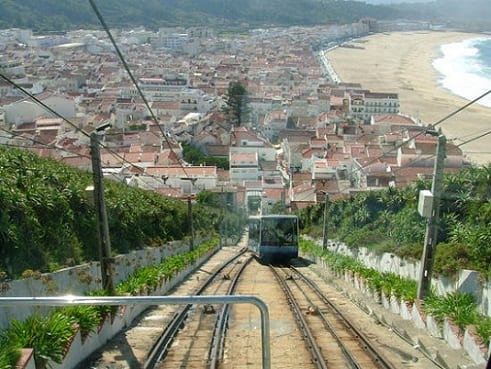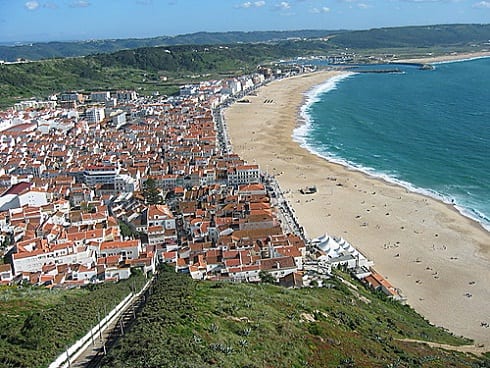It is the most picturesque of the coastal towns in the central region and sub-region of Portugal. We refer to Nazareth, which is a strange combination of fishing village and lively destination, with its charming beaches and narrow streets.
The truth is that Nazaré, which belongs to the Leiria district, could be an attractive destination for summer 2012. In fact, the whole place is full in July and August with tourists who want to rest while touring the old city that is surrounded by honey-colored cliffs at the northern end of the beach.
And as seen on the street, there is a cable car that goes up to the edge of the cliff and offers panoramic views, as well as access to Promon-torio do Sítio, the original site of the city.
As for its origins, it dates back to the year 1514. The municipality la vila and la parish were previously called Pederneira in 1912. Today Pederneira is a neighborhood with the headquarters of the council, maintaining the building of the old Paços do Concelho.
According to the legend of Nazaré, the town owes its name to a small statue of the Virgin Mary, a Black Virgin, brought by a monk in the fourth century from Syria (Palestine) to a monastery near the city of Mérida, Spain to its present place in 711 by the other monk accompanied by Rodrigo, the last Visigoth king.
After his arrival on the seashore he decided to become a hermit. The monk lived and died in a small natural grotto, on top of a cliff above the sea. After his death and according to the wishes of the monks, the king ordered to bury him in the cave where he had left him, on an altar, with the statue of the Black Madonna.
The first church of O Sítio, was built over the grotto to commemorate a miraculous intervention (1182) by the Virgin Mary to save the life of the 12th century Portuguese knight Dom Fuas Roupinho, possibly a Templar, while he was hunting deer an early mist in the morning.
This episode is commonly known as the legend of Nazaré. In memory of the miracle it had a chapel (Capela da Memória) built over the small grotto, where the miraculous statue had been left by King Rodrigo after the monk's death.
Another detail is that Nazaré annually organizes an international handball tournament on Easter days, which was first organized by Dr. Fernando Soares with the aim of making this sport popular in the region.

